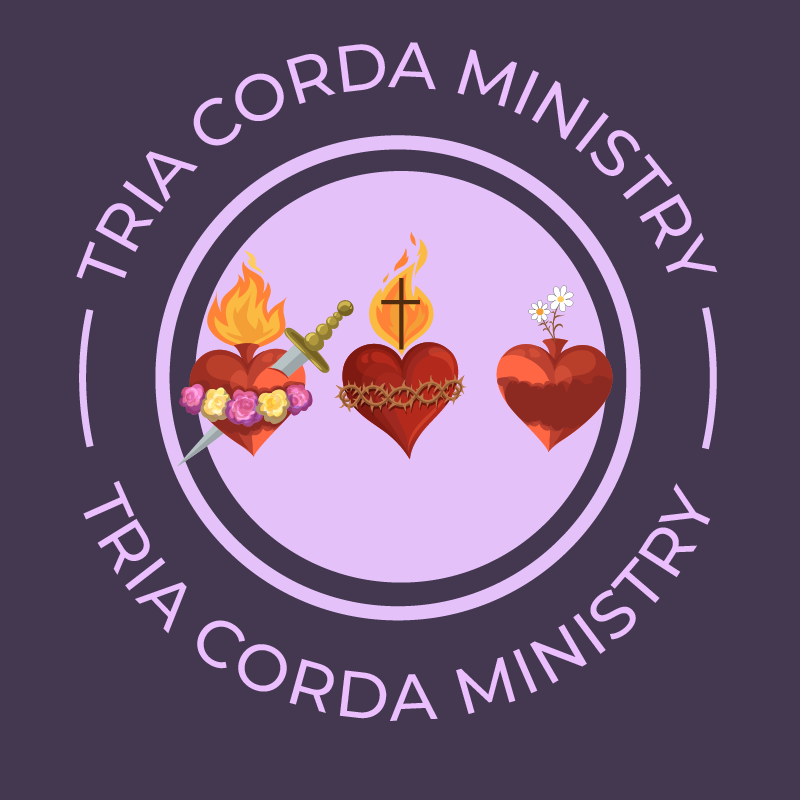St. Martin de Porres
St. Martin de Porres was born in Peru to an unmarried Spanish gentlemen and a freed slave from Panama, who was of African or Native American descent. When Martin was young, his father abandoned him, his mother, and his younger sister, leaving them in deep poverty. He could only attend school for two years before being placed with a barber/surgeon (they did both at the time) to learn about the field.
Martin experienced much bullying due to his being mixed-race. His race also became a barrier when he felt a call to join religious life. According to Peruvian law, all descendants of Africans and Indians could not become full members of religious orders. Thus, the only way Martin could join the Dominicans was to ask to be a volunteer to do menial tasks at the monastery. Only by humbling himself in this way could he wear the habit and live in community. However, he could not take vows.
Martin started as a servant in the convent, then was put in charge of distributing the money to the poor. He also did some barbering, kitchen work, laundry, and cleaning. Eventually, due to his holiness and diligence, Martin was allowed to profess as a Third Order Dominican.
Unfortunately, some members of the convent bullied Martin for his race and for being an illegitimate child. Some of the brothers also called him names and mocked him. Martin bore all of this with great patience.
After becoming a Third Order Dominican, Martin was assigned to the infirmary, a job he held until his death. He was gifted at tending to the sick, and was praised for unconditionally caring for all people, regardless of their race, class, or disease, and not showing preference and welcoming them all. Eventually, Martin also helped found an orphanage for abandoned children and would help raise dowries for young girls in poverty. He served the people around him diligently until his death at age 60.
Lessons From St. Martin de Porres
Martin was well known for his lack of preferential care, and for caring for all people, even those others would not help. This care for all was likely born from his experiences of being mocked for his mixed race and origins. He also served the poor diligently, likely because of the poverty he grew up in. From Martin’s greatest trials came a great ministry that helped countless lives.
Judith Herman, a famous trauma researcher, talks about three steps to trauma recovery, the last of which is integrating your story into your life meaningfully and finding a new sense of meaning and purpose. She often writes about survivors of rape, and one example she gives of this step in action is survivors getting involved in the movement against sexual violence or volunteering at crisis shelters. Martin’s ministry to those very much like himself is a great example of finding new meaning and purpose.
May we, like Martin, who may have faced trials, learn how to help those like ourselves to feel God’s presence in those trials.
To learn more about other saints who have faced trauma, please visit the Stories of Hope page.
